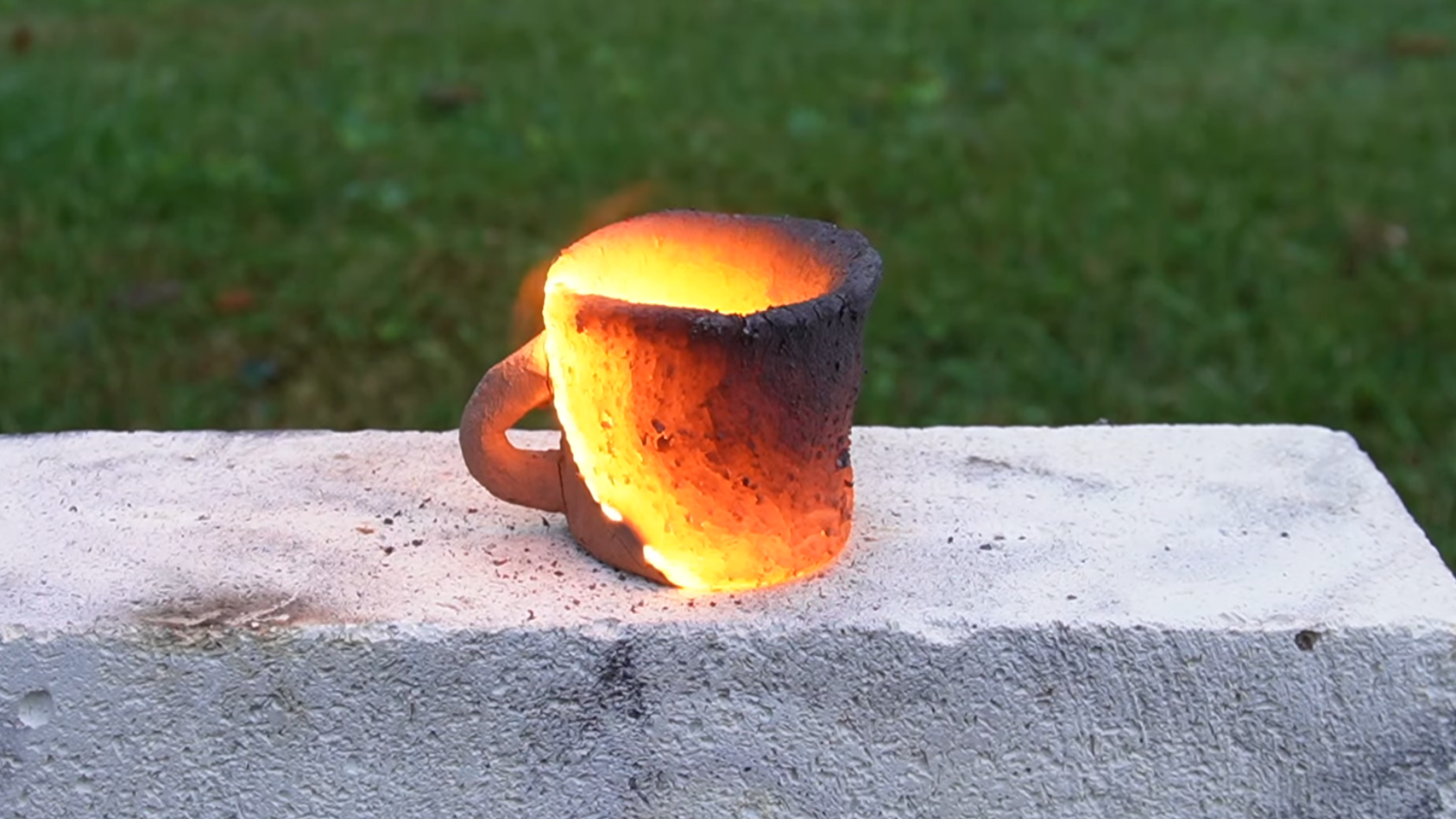A recent discovery in the world of ceramics has unveiled a method for creating self-firing pottery using finely powdered aluminium. The experiment, conducted by a researcher known as Degree of Freedom, involved mixing aluminium powder with various substances to develop a thermite-like composition. This innovative approach allows for the shaping of a paste made from aluminium and clay, which, when ignited, transforms into a hard ceramic material.
In his experiments, Degree of Freedom focused on optimizing the composition of the mixture. He found that a ratio of three parts aluminium to five parts clay by volume produced the best results. However, he observed a challenging reaction occurring during the process: bubbles of hydrogen were forming beneath the surface of the clay. This phenomenon resulted from the aluminium reacting with moisture, leading to potential cracking in the final product.
Further investigation revealed that the presence of kaolinite, a common clay mineral, accelerated this unwanted reaction. Despite attempts to passivate the aluminium by heating it in air or water, the issue persisted. Interestingly, clay sourced from his backyard did not exhibit the same reaction as kaolinite, allowing the mixture to dry without bubbling.
To enhance the reliability of his mixtures, Degree of Freedom introduced iron oxide to the composition. This addition facilitated a thermite reaction, generating sufficient heat to begin melting the clay. After extensive testing, he identified an optimal mixture of sixteen parts clay, seven parts aluminium, and five parts iron oxide.
In a series of firings, Degree of Freedom crafted two cups, a thin rod, and a cube from this concoction. The results varied; some pieces displayed a rough finish and fragility due to expansion during firing, while others proved surprisingly strong. The underlying chemistry of the clay-aluminium mixtures remains somewhat unclear, but it is noteworthy that not all thermite reactions require iron oxide, suggesting potential thermite-like properties even in earlier mixtures.
For those interested in heat generation rather than ceramic production, a moldable thermite paste has also been successfully extruded from a 3D printer, showcasing the versatility of aluminium in various applications. This innovative work by Degree of Freedom opens up new avenues for ceramic firing methods and material experimentation.
